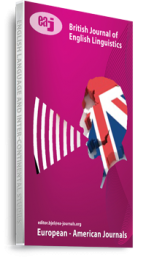Same-sex relationship is a critical topic globally, especially as non-heterosexuals often get marginalized both overtly and covertly. Previous studies on same-sex sexualities in the African context have examined the discursive construction of non-heterosexuals, with little attention paid to the comparative reading of how gay people are discursively constructed in two contextually different African countries. Therefore, this study examines the usage patterns of three labels, gay, homosexual, homosexuality, that are commonly used to denote same-sex sexualities in selected Nigerian and South African newspapers. To do so, corpus-based critical discourse analysis is conducted to detect convergence and divergence of such usages since the countries have opposing laws on same-sex relationships. Similar semantic prosodies were found. However, differing prosodic features show that heteronomativity is mainly emphasized in the Nigerian corpus, while this is sometimes challenged in the South African corpus. The overall conclusion is that there could still be some homophobic tendencies in both the Nigerian and South African contexts as shown by the media representations.
Keywords: Nigerian Newspapers, South African newspapers, critical discourse analysis, lexicalization, representation of same-sex relationships

